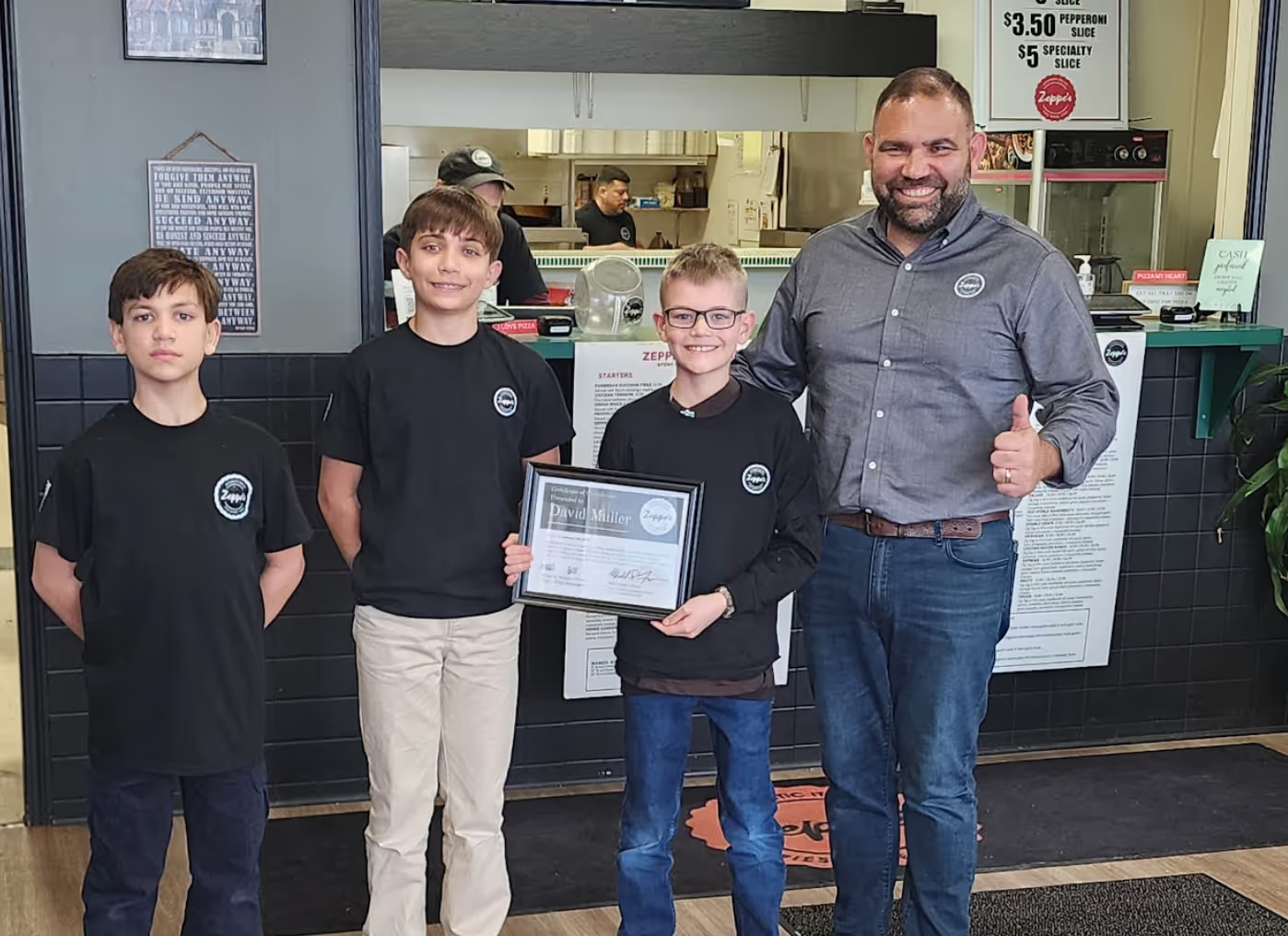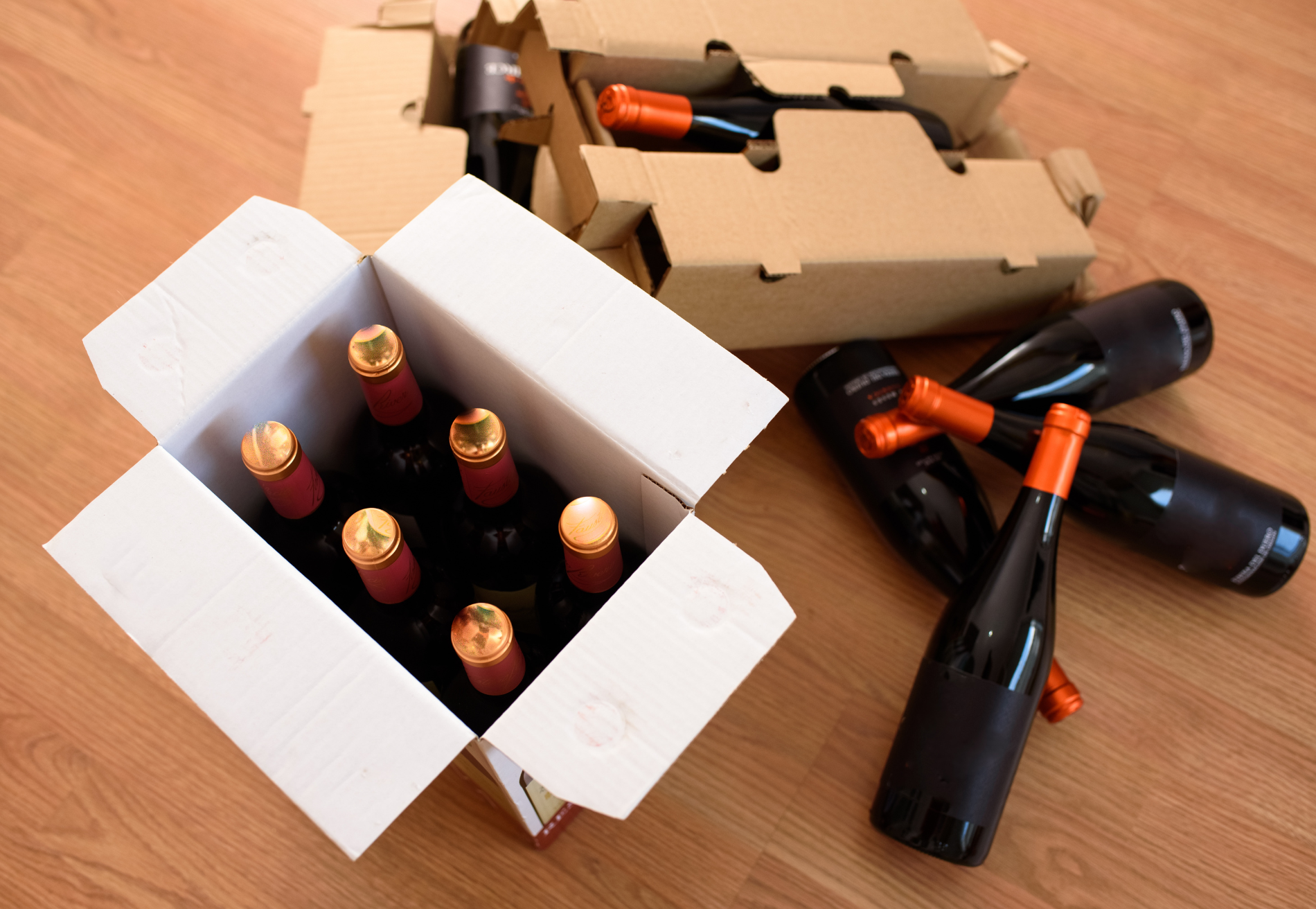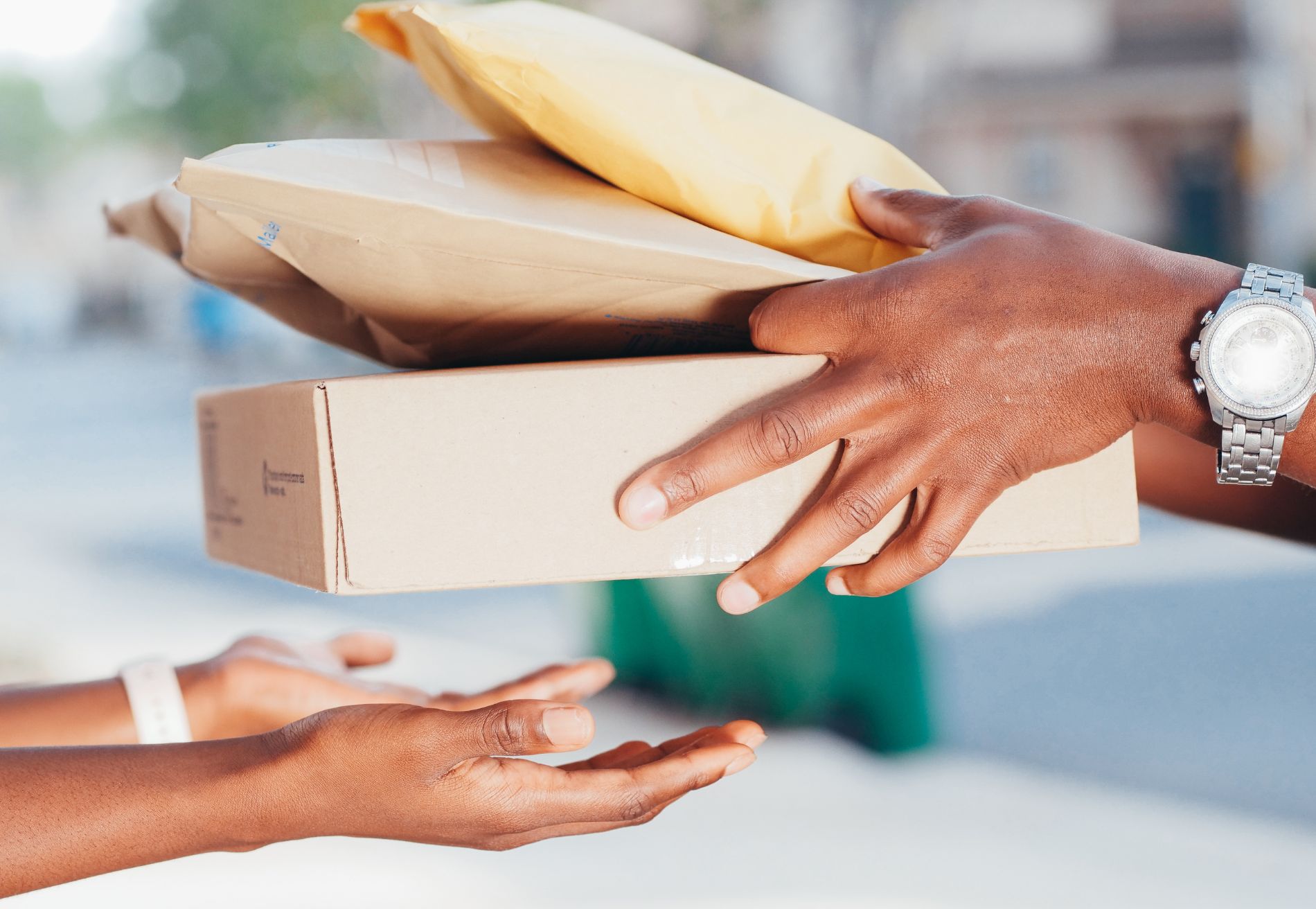How to Hire and Manage Local Delivery Drivers

Thinking of hiring your own delivery drivers for your business? You’re not alone. The BLS projects that employment for US delivery drivers will grow 9% from 2023 to 2033—much faster than other occupations.
In a post-pandemic world, consumers expect speed and convenience. Third-party delivery apps are a great way to get exposure to a new audience and be hands-off with deliveries. But mature businesses who do a high volume of deliveries may find it more efficient to hire their own drivers.
We’ll walk you through step-by-step on how to find, interview, and manage delivery drivers.
In-House vs. Third-Party Delivery
Managing your own fleet comes with its own challenges, from sourcing the right candidates to retaining top performers. But bringing delivery in-house means you save on commission fees and your customers get a more consistent experience.
The average courier delivery driver in the US makes $20/hour plus tips. You’ll also need to consider costs for insurance, mileage, and maintenance if you supply the cars. On the other hand, third-party delivery apps typically take a 15-30% cut of your online orders.
The customer experience differs as well. With in-house drivers, you have control over driver training, branding, and customer data. On the other hand, drivers of third-party apps are normally contractors, and the company handles customer communication. However, when you’re present on those apps, you get brand awareness with their users.
You can also opt for a hybrid approach, tapping into third-party networks when your own fleet of drivers reach max capacity or radius. Shipday, a direct delivery tool, can integrate with third-party apps. It allows businesses to use their own fleet of drivers and take advantage of third-party drivers when needed.
Once you’ve evaluated your order volume and delivery zones, you can determine how many in-house drivers you need to hire.
How to Hire Delivery Drivers
Recruiting best practices
When you look for delivery drivers, you’re not just competing with other businesses. You’re competing with gig platforms like Uber, DoorDash, and Amazon too. That means your compensation and benefits should be competitive.
For example, Papa Murphy’s Canada told SpeedLine Solutions that drivers earn an hourly wage, a delivery fee, and tips. That sets them apart from third-party companies, who usually only pay per delivery. If you run a restaurant, consider using an online ordering system that asks for delivery tips at checkout. If you make it easier for your customers to tip, your staff will earn more and have more reason to stick around.
It’s not all about pay, though. Benefits are part of the total rewards package too. Make your job descriptions enticing by offerings perks like:
- Paid time off
- Flexible scheduling
- Performance bonuses
- Meal discounts
- Growth opportunities, like a path to management
- Health insurance, vision, dental, etc.
- Discounts at other businesses like gym memberships, movie tickets, etc.
Don’t forget to check your local (state) regulations to make sure you don’t break any laws.
List the job on boards like Indeed, LinkedIn, Google Jobs, and Kijiji. Post a sign in your storefront and add it to your social media. You can also try traditional avenues like the local newspaper and community bulletin boards.
How to interview drivers
There will be some qualifications your drivers must have, like a valid drivers’ license. You might ask them to use their own vehicle as well. But while experience is important, consider attitude and culture fit as well. In Setting the Table, noted restaurateur Danny Meyer explains that when he hires people, he looks for candidates whose skills are 49% technical and 51% emotional. You can teach someone what to say to an upset customer, but it’s harder to teach traits like kindness and compassion.
Here are some interview questions to get you started:
- How do you handle unexpected delays or detours?
- Are you comfortable driving in various weather conditions, including rain and snow?
- How do you ensure safe and on-time delivery, especially with fragile items?
- How do you verify addresses and get proof of delivery?
- How do you handle complaints or difficult situations with customers?
- How do you maintain accurate records of your deliveries, including mileage, fuel consumption, and incomplete deliveries?
- What are your strategies for managing your time effectively and maintaining a consistent delivery schedule?
- Tell me about a time you faced a challenging situation at work and how you resolved it. What did you learn?
Remember, candidates are interviewing you as much as you are interviewing them. Respect their time and make sure to come prepared to the meeting.
Onboarding Delivery Drivers
An all-too-common scene that happens at stores is when a new hire shows up on their first day and no one knows what to do with them. Set your drivers off on the right foot by making sure managers know about their first shift and having a training plan for them. Don’t just give them addresses and send them on their way. In their first week, you should:
- Walk them through the employee handbook
- Set measures of success for the role (e.g., driver rating, fulfilment rates)
- Show them how to use the delivery management system (Software like Shipday offers an app for drivers)
- Answer common questions, like how they get their schedules and pay checks
- Explain how to respond to customer questions and complaints
If you have other experienced drivers, consider having them shadow one. To make the most of their time, you should also cross-train them on other tasks. In between deliveries, they can help fold boxes, pack orders, or answer phones. It gives them the opportunity to expand into other areas and grow their skills.
Don’t forget to retrain your employees on an ongoing basis to keep their skills sharp. Everyone can use a refresher of best practices to avoid settling into bad habits.
How to Manage Delivery Drivers
When your drivers are up to speed, they can finally begin fulfilling orders.
Scheduling drivers
To figure out how many drivers you need to schedule, look at past data. Do people order delivery the most on Saturdays? If your POS has projected sales reports, use those. Predict how many delivery orders you might receive in a given time, and divide that by the number of deliveries your drivers can handle in an hour. For example, if you think you will receive 15 delivery orders between 6:00-9:00 pm, and your drivers can handle three orders per hour, you’ll need to schedule at least two drivers.
How do you assign orders to drivers? You could group deliveries based on proximity and split them equally. That involves mapping out each address and finding the distance between each stop. You could use a navigation app like Google Maps to plan a route and guess how long it will take for your driver to return to the store.
You may also take into account driver skill level. A more experienced driver may know shortcuts and find parking faster, so they can handle more deliveries per hour. Of course, you’d need to manually track the number of deliveries that each driver completes per hour to evaluate their performance.
Avoid manual route planning and tracking with Shipday. Shipday is a delivery management platform that connects to your POS to auto-dispatch orders and optimize routes. Drivers use the Shipday app to navigate to their stops, collect proof of delivery, and communicate with customers and managers. The software has real-time GPS tracking too, so you and your customers aren’t in the dark about their order status.
Third-party delivery apps have set the standard for what customers expect from delivery. They want regular updates on their orders through SMS or email. They’re used to live tracking to see how far away the driver is. They expect to be able to give feedback about the driver and the food through the same communication channels. Shipday can handle all that and more, earning you new five-star Google reviews.
“You don’t realize how much time you lose doing things manually until you switch to an automated system. It frees up our team to focus on customers instead of chasing drivers,” says Carlos of Lady Lee Corporation in Honduras. “I would recommend Shipday to any restaurant that wants to streamline deliveries.”
Automate your delivery management with Shipday’s AI. Spend less time on manual processes so you can focus on what really matters. Try Shipday for free today.
[h3] 6 ways to increase driver retention
When you’re competing with big gig platforms for employees, it’s important to invest in your drivers’ job satisfaction. A 2022 survey from Scandit found that 42% of delivery drivers had changed jobs within the last year. Turnover costs don’t just include lost productivity and hiring fees - it takes time to train a new driver and get them to the same level as an experienced driver.
Motivated employees are not only more productive, but their positive energy appears to infect others, according to a 2023 study by McKinsey. The six key factors related to unhappy employees were:
- Inadequate total compensation
- Lack of meaningful work
- Lack of workplace flexibility
- Lack of career development and advancement
- Unreliable and unsupportive coworkers
- Unsafe workplace environment
If you prioritize addressing these concerns, you can boost driver morale and retention. Take these steps:
- Once or twice a year, check local job listings to see what other companies are offering to pay drivers. Use that info to keep your wages competitive.
- Reward your top-performing drivers with a raise or tokens of appreciation, like gift cards to businesses they frequent. Shipday can show you driver ratings, their order completion rate, and average delivery times to help you evaluate performance.
- Offer flexible scheduling and try your best to give them the days off that they request.
- Create opportunities to develop their skills. For example, allow inexperienced drivers to shadow seasoned ones, or lay out a path to management.
- Hire and fire employees based on your core values. All staff contribute to team morale, and keeping a bad teammate can ruin the work environment.
- Accommodate drivers if they feel unsafe delivering to certain neighborhoods.
[h2] Find Fortune with your Fleet
Deciding between in-house and third-party deliveries hinges on order volume and customer priorities. Third-party apps offer convenience and wider reach. Hiring your own roster of delivery drivers saves you money on commission fees and gives you control over the customer experience. A hybrid approach gives you the flexibility to use both.
Ultimately, successful delivery operations depend on a well-managed team. Offer competitive compensation and benefits packages to attract and retain good talent. Prioritize driver satisfaction through effective onboarding, performance recognition, flexibility, and a positive work culture.
You don’t have to build an effective and reliable delivery team alone. Use AI-powered software like Shipday to put route planning and customer communications on autopilot. Build your brand reputation and earn more five-star Google reviews with Shipday’s AI agent. Free up your time to focus on excellent food and excellent service.
Get started with Shipday for free today.
Index
Ready to get started?
Play around with it first, add your team, pay later.








.avif)






%201.svg)
